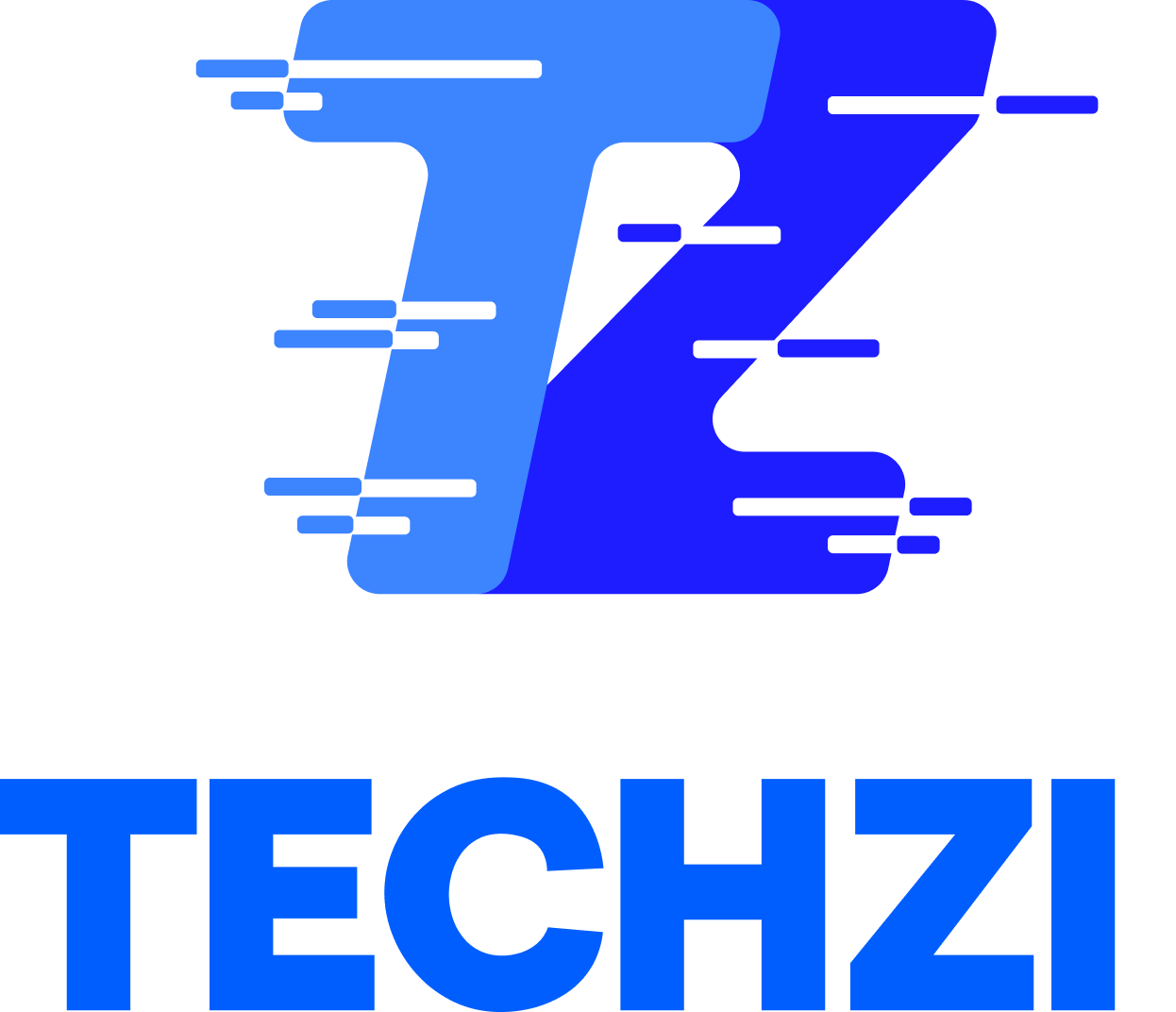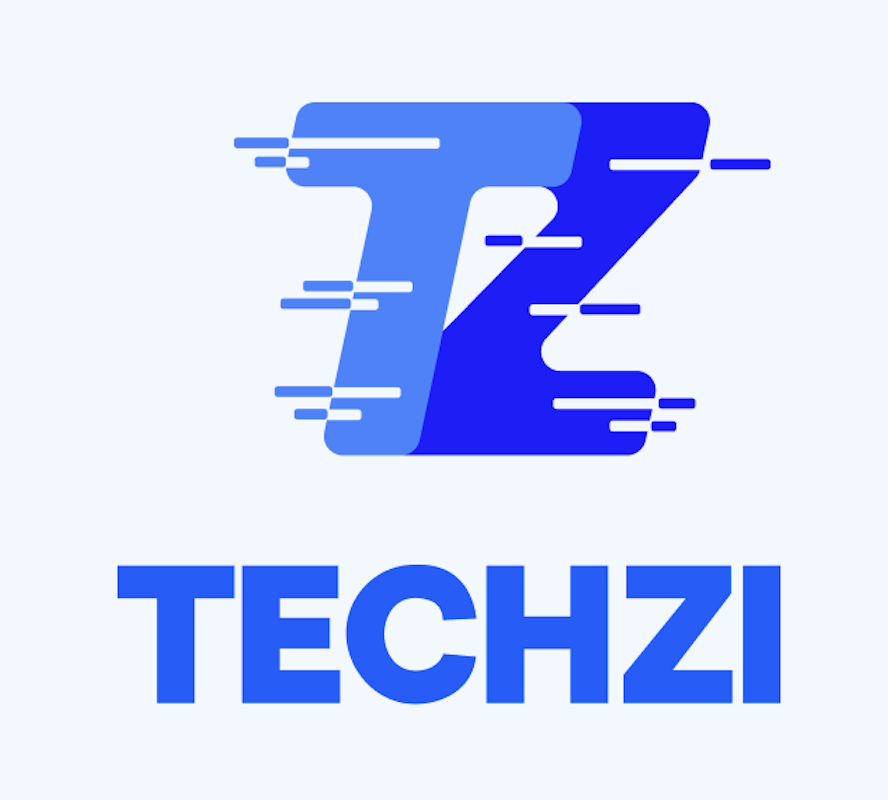This is a guest post by Richard Armstrong who is an early stage investor in many startups in both SE Asia and globally. Plus Richard has cofounded several companies.
Guest Author: Richard Armstrong
In the bustling financial landscapes of Latin America, something exciting is brewing, and it’s all about data.
Imagine a world where your creditworthiness isn’t just judged by how you handle a credit card or a loan but by a diverse range of data points that paint a fuller picture of who you are financially.
That’s the vision being embraced in Latin America as we speak and it’s got me very excited.

The Old Way: Credit Scores and the Big Problem
For decades, access to credit in Latin America has been tied to traditional credit scores. You know the drill: pay your bills on time, avoid too much debt, and voila, you’ve got yourself a decent score.
But here’s the catch—what if you’re one of the millions in the region who have never had access to formal banking or credit?
Suddenly, that system doesn’t seem so fair, does it?
In fact, according to some estimates, around 45% of adults in Latin America are unbanked. That’s nearly half the population flying under the radar of traditional credit scoring systems.

This exclusion isn’t just a minor inconvenience; it’s a major barrier to economic mobility.
Without a credit history, getting a loan, renting an apartment, or even starting a small business can be next to impossible.
The old way of doing things simply doesn’t cut it for a region where the informal economy is vast, and many people rely on alternative income sources that don’t show up on a credit report.

The Data Revolution: A New Hope
The winds of change are blowing through the financial corridors of Latin America, and they’re bringing with them a fresh approach to credit—one that’s data-driven and inclusive.
Enter the world of alternative data, where everything from your mobile phone usage to your utility payments can help paint a more accurate picture of your financial reliability.
Imagine getting a loan based on who you’re connected to on Linkedin. Sounds crazy doesn’t it?
But the idea is simple: use data that’s already out there but has been overlooked by traditional credit models.
Think about it—if someone consistently pays their rent on time, manages their prepaid mobile phone plan effectively, or regularly makes payments on a microloan, doesn’t that say something about their financial behavior?
Alternative data sources like these are now being harnessed to create more inclusive credit models that can bring millions into the fold.

Latin America’s Fintech Boom: Data-Driven Innovation
This data revolution isn’t happening in a vacuum. It’s being driven by a surge in fintech innovation across Latin America.
Countries like Brazil, Mexico, and Colombia are seeing a boom in fintech startups, many of which are leveraging alternative data to offer new financial products tailored to the needs of the region’s diverse population.
These fintechs are like the cool new kids on the block, shaking things up with their innovative approaches to credit.
Take Brazil’s Nubank, for example, which has revolutionized banking for millions of Brazilians by offering a digital-first experience that doesn’t rely on traditional credit scores.

Instead, Nubank and others are using machine learning algorithms to analyze alternative data and assess creditworthiness in real-time.
The result? More people getting access to credit, often at better rates than they could have dreamed of with the old system.
The Benefits: A Win-Win for All
So, what’s the big deal about using alternative data for credit scoring?
For starters, it’s a game-changer for financial inclusion. By considering a wider range of data points, lenders can offer credit to people who were previously excluded from the system.
This doesn’t just benefit individuals—it’s also a win for the economy. More people with access to credit means more spending, more investment, and ultimately, more economic growth.
But it’s not just about inclusion. Alternative data also makes credit scoring more accurate. Traditional credit scores can be blunt instruments, often failing to capture the nuances of a person’s financial behavior.
By contrast, alternative data offers a richer, more detailed picture, which can lead to better lending decisions. Lenders can more accurately assess risk, which means they can offer credit at fairer rates.
And for consumers, that means access to credit on terms that are more reflective of their true financial situation.
The Road Ahead
Of course, no revolution is without its challenges, and the shift to data-driven credit in Latin America is no exception.
One major hurdle is the regulatory environment. As fintechs push the boundaries of what’s possible with alternative data, regulators need to keep pace to ensure that consumer protection and privacy are upheld.
There’s also the challenge of data accuracy and completeness. Not all alternative data is created equal, and ensuring that the data used in credit assessments is accurate, relevant, and up-to-date is crucial.
Then there’s the issue of trust. For many people, the idea of their data being used to assess their creditworthiness might feel intrusive or even scary.
Despite these challenges, the potential benefits of data-driven credit in Latin America are without a doubt… enormous.

My closing thoughts
As the digital revolution continues to sweep through Latin America, the days of relying solely on traditional credit scores may be numbered.
With alternative data offering a more inclusive, accurate, and fair way to assess creditworthiness, the region is on the brink of a financial transformation.
A transformation that has me, personally, very excited. Because I think it will reface the region by giving many millions of people access to opportunities that they did not have before.
It will be a future where access to credit is a right, not a privilege, and data isn’t just something that sits in the background but is a powerful tool for economic empowerment.










